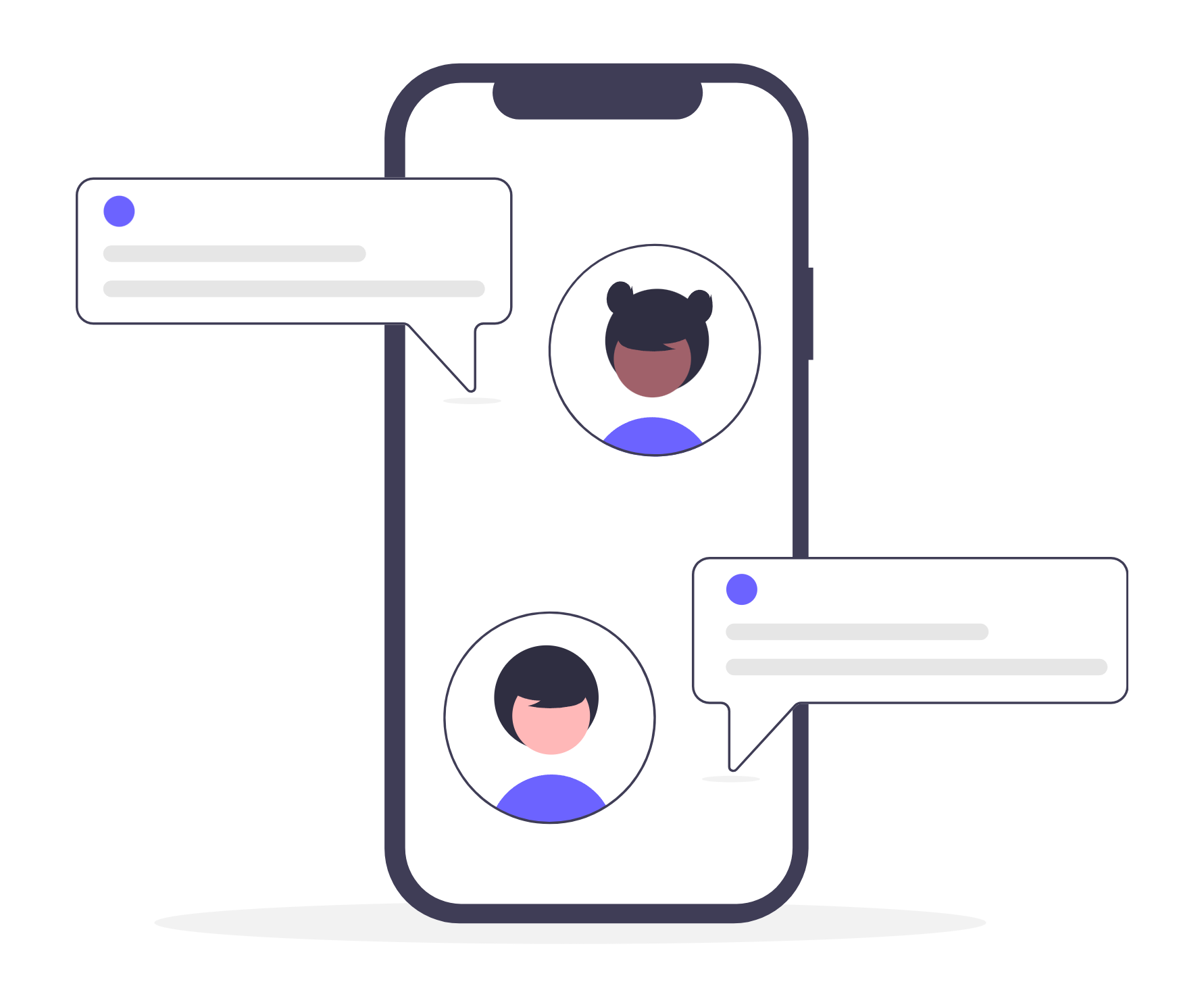Generative artificial intelligence (AI) is transforming the way we create content and interact with technology. From text and images to videos and music, the applications of this technology go far beyond traditional automation, providing highly personalized and engaging experiences. But how can we harness the potential of generative AI in practice to create impactful solutions?
In this article, we will explore best practices and examples for using generative AI to develop interactive experiences, whether in business, education, or entertainment applications.
What is Generative AI?
Generative AI is a branch of artificial intelligence that uses algorithms to create new content from existing data. Models such as GPT (Generative Pre-trained Transformer) and DALL-E are popular examples of this technology, capable of generating text, images, videos, and even programming code based on user input.
This technology is used to create experiences that not only automate tasks, but also make the interaction richer, more personalized and relevant.
Benefits of Generative AI
1. Personalization at Scale
Generative AI makes it possible to create highly personalized content at scale, adapting to the preferences and needs of each user.
2. Cost Reduction
With the ability to automate content creation, you can reduce time and labor costs.
3. Acceleration of the Creative Process
AI-powered tools can generate ideas, prototypes and content in a matter of minutes, optimizing production time.
4. High Engagement
AI-generated content is capable of attracting more attention, mainly because it is adapted to the specific needs of each audience.
How to Use Generative AI to Create Engaging Experiences
1. Creating Dynamic Content
Generative AI can be used to produce texts, videos and images automatically and in a personalized way. For example:
- Content Marketing: Generation of blog posts, product descriptions and captions for social media.
- Personalized Emails: Using AI to create messages tailored to customer behavior.
- Automated Graphic Design: Production of exclusive graphics and visual materials based on brand guidelines.
2. Real-Time Interactive Experiences
Generative AI-based chatbots and virtual assistants can create dynamic and personalized interactions in real time. They are widely used in:
- Customer Support: Instant solutions to common problems.
- Education: Interactive answers to students' questions, adapted to their level of knowledge.
- Entertainment: Games that adjust the narrative based on player choices.
3. Immersive Experience Design
Combining generative AI with technologies such as augmented reality (AR) and virtual reality (VR) allows us to create immersive experiences, such as:
- Corporate Training: Realistic simulations to train employees.
- Virtual Entertainment: Virtual environments that respond in real time to user interactions.
- Architecture and Design: 3D modeling based on parameters provided by the client.
4. Prototyping and Testing
Generative AI is also very useful in the prototyping and testing phase, as it allows:
- Rapid Prototype Generation: Create multiple versions of products or ideas in minutes.
- Custom A/B Testing: Analysis of how different versions of content perform with different audiences.
- Behavior Prediction: Models that anticipate public reaction before the official launch.
5. Education and Learning
In education, generative AI can be used to create personalized materials and learning tools, such as:
- Individualized Study Plans: Generating plans based on student progress.
- Interactive Content: Creation of quizzes, simulations and dynamic summaries.
- Virtual Tutoring: AI assistants that help students in real time.
Success Stories in the Use of Generative AI
1. Netflix: Personalized Recommendations
Netflix uses generative AI to create highly personalized content recommendations. The algorithm analyzes user history and generates suggestions tailored to their interests, increasing engagement on the platform.
2. Canva: Automated Design
Canva uses AI to help users create professional designs in just a few clicks. Based on user preferences, the tool suggests layouts, fonts, and images to optimize the final result.
3. Duolingo: Language Learning
Duolingo uses generative AI to adapt lessons to the student’s progress, ensuring that learning is efficient and personalized.
Challenges and Precautions When Using Generative AI
While generative AI offers several advantages, there are challenges that need to be considered:
1. Content Quality
The accuracy of the generated content depends on the quality of the data used to train the model. Biased or outdated data can negatively impact the results.
2. Ethical Issues
It is essential to ensure that the use of AI respects ethical guidelines, such as user privacy and transparency in content generation. It is also crucial to avoid the misuse or manipulative use of AI capabilities.
3. Adapting to User Expectations
To ensure the success of solutions, it is essential to align public expectations with AI performance, avoiding frustrations.
Conclusion
Generative AI is redefining the way we create engaging experiences, bringing a new level of personalization and interactivity.
From marketing to education, its applications are virtually limitless. By adopting this technology, companies can not only streamline processes but also create more meaningful connections with their audiences.
The era of generative AI has already begun, and taking advantage of its possibilities is essential for those who want to be at the forefront of innovation. If you need any adjustments or additions to the text, I am at your disposal!





